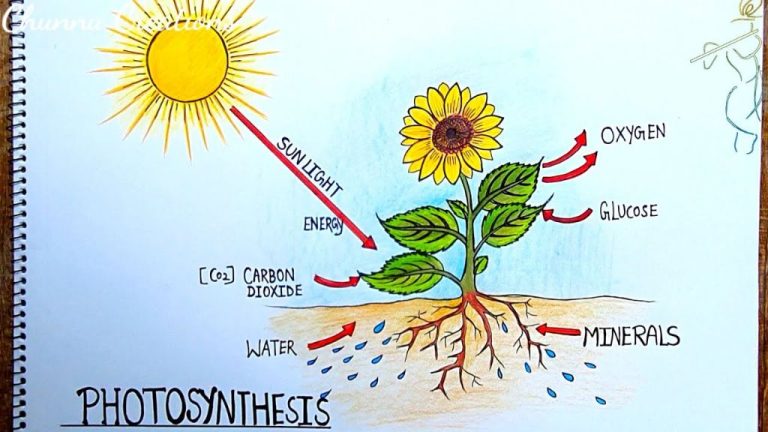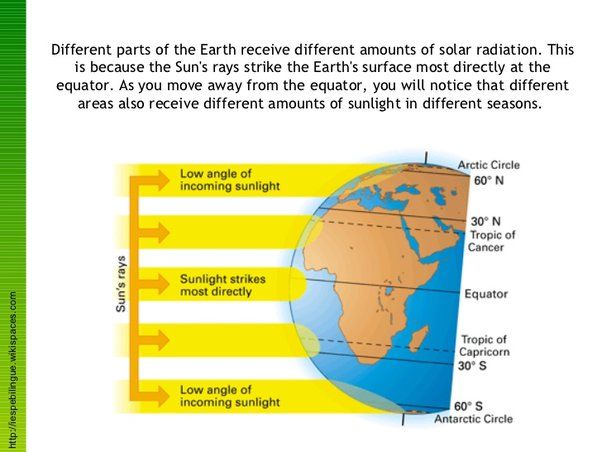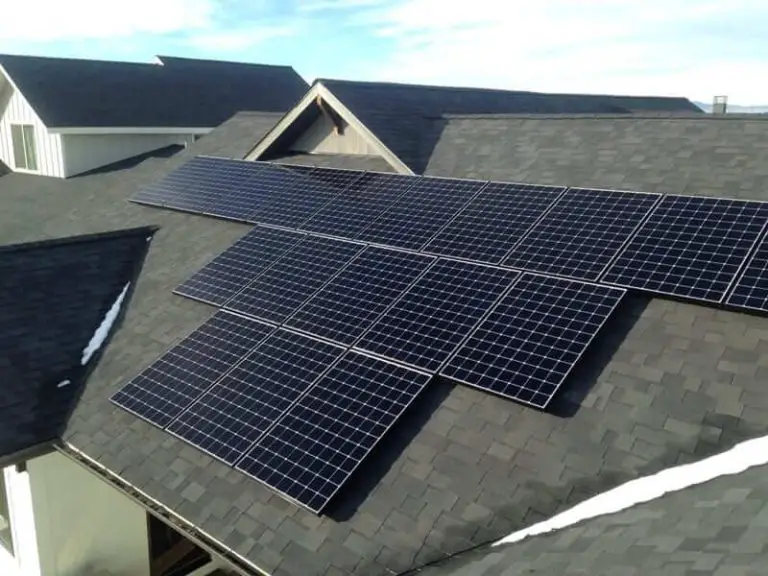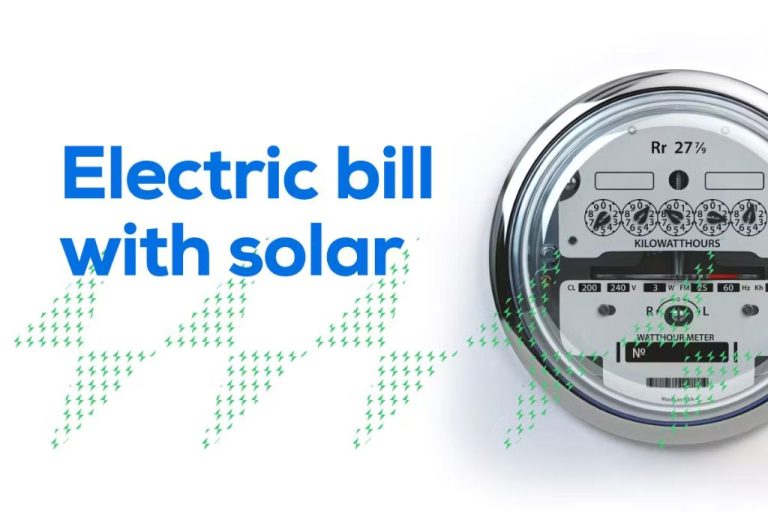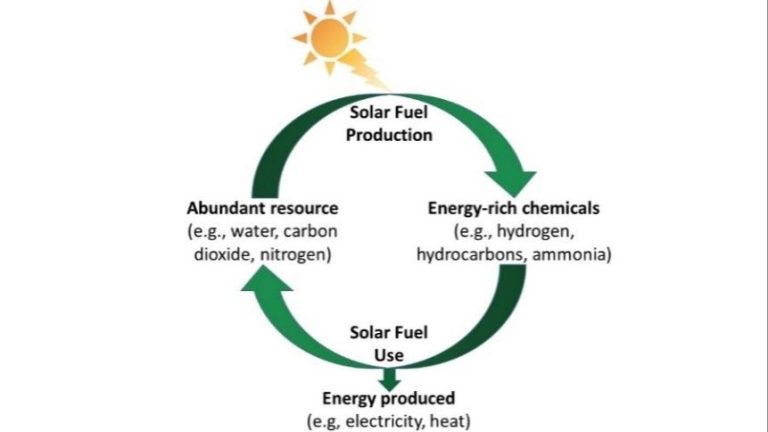Does Solar Energy Affect Your Health?
Solar energy has experienced rapid growth in recent years as a renewable and clean source of electricity. According to the Solar Energy Industries Association, the solar industry has grown at an average rate of 24% annually in the last decade [1]. In 2021, solar energy accounted for about 3.4% of total electricity generation in the U.S., up from 2.8% the previous year [2]. With this growth, questions have emerged about whether solar energy systems like rooftop solar panels have any impacts on human health. This article provides an overview of the potential health effects, both positive and negative, of solar energy technologies.
Solar Panels and Electromagnetic Fields
Solar panels do generate low levels of electromagnetic fields (EMFs) through the process of converting sunlight into electricity. However, studies have shown that the EMF exposure from solar panels is well below established safety limits for human exposure.
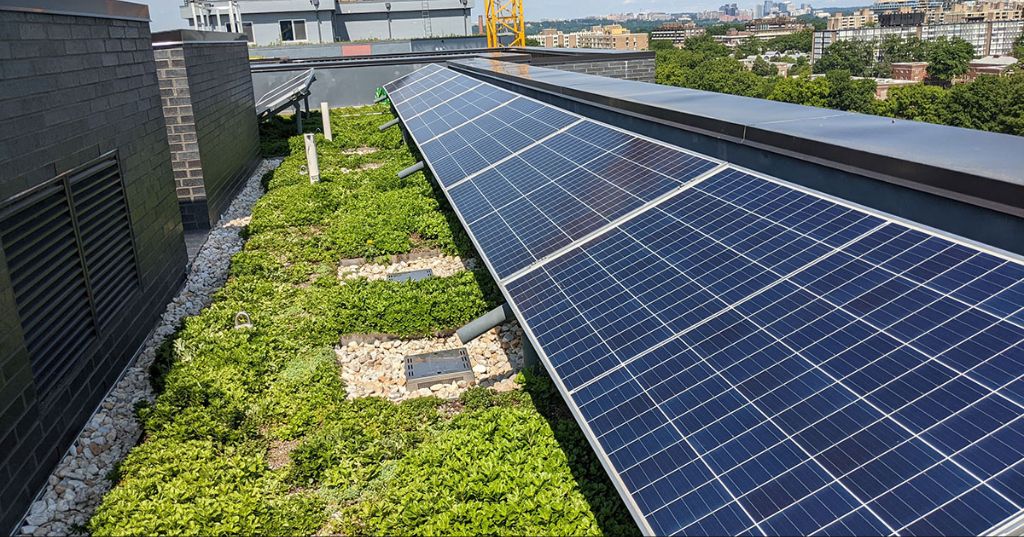
According to a comprehensive review by Solar Power World, EMF emission levels directly underneath solar panels are comparable to typical background levels found inside homes (Wavewallcases, 2022). Measurements taken 3 feet away show EMF levels similar to those produced by common household appliances.
The low EMF output from solar panels is not considered a health risk. Alliant Energy notes that solar panel EMFs are non-ionizing forms of radiation generally regarded as harmless to humans at these levels (Alliant Energy, 2022). Maintaining a reasonable distance from solar panels further reduces any negligible EMF exposure.
Thermal Pollution
Solar farms can raise local temperatures and create small solar heat islands, according to research by scientists at the University of California, Los Angeles [https://phys.org/news/2016-11-solar-island-effect-large-scale-power.html]. The effects are similar to urban heat islands caused by dark rooftops and pavement absorbing sunlight. However, the impact is minor compared to heat islands caused by urban sprawl or other sources of pollution.
One study in Massachusetts found that solar farms raised nearby temperatures by about 1.5°C at a maximum during peak sunlight hours. The warming effect dissipated quickly in the evening. Researchers concluded the small localized heating was unlikely to significantly affect wildlife or habitats in the area.
Overall, any thermal impacts from solar farms are negligible, especially compared to the major heating caused by burning fossil fuels globally. Converting to renewable energy sources like solar power can help reduce the heat-trapping emissions that are the major driver of climate change.
Glare
One potential health concern related to solar panels is glare. The smooth, glassy surface of solar photovoltaic panels can reflect sunlight, causing a glare effect. Research from the National Renewable Energy Laboratory states “PV modules exhibit less glare than windows and water. Solar PV modules are specifically designed to absorb light, rather than reflect it” (https://www.nrel.gov/state-local-tribal/blog/posts/research-and-analysis-demonstrate-the-lack-of-impacts-of-glare-from-photovoltaic-modules.html). However, glare can be an issue if solar panels are poorly designed or angled. Glare can be a nuisance by impairing visibility and causing distraction. In severe cases, glare may temporarily blind pilots or drivers.
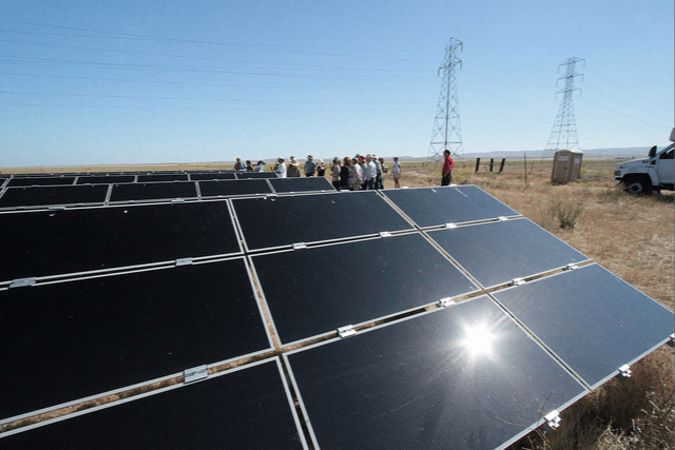
To mitigate glare, solar panels can be installed with anti-reflective coatings. Proper orientation and tilt angle of the panels can also minimize glare. Trees or shrubs can screen solar arrays. Policies about solar panel placement may be needed to reduce glare near airports or roadways. With proper solar farm design and glare mitigation strategies, the potential issue of glare can be avoided.
Toxins from Manufacturing
The manufacturing process for solar panels does involve some concerning chemicals. Most solar panels contain cadmium telluride, which helps absorb sunlight but is also considered a neurotoxin that can cause damage if ingested or inhaled over long periods. There are also trace amounts of lead found in some panels. Proper handling and recycling of old solar panels is important to prevent the release of toxins over time according to [SOURCE].
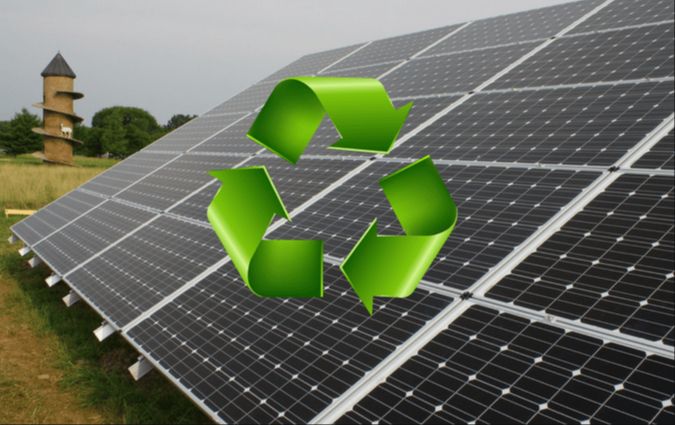
When solar panels reach the end of their usable lifespan (typically around 25-30 years), they should not be disposed of in landfills where toxins can potentially leach into soil and water. Instead, solar panels should be recycled responsibly through take-back programs offered by many manufacturers and recyclers. By recycling the valuable materials, we can reduce the need for additional harmful mining while also preventing toxins from entering the environment [SOURCE].
Benefits of Clean Energy
The use of renewable energy sources provides numerous health and environmental benefits. By harnessing energy from sources like the sun, wind, and geothermal heat, we can reduce pollution caused by burning fossil fuels for electricity, heating, and transportation. This reduction in air pollution yields significant improvements in public health.
According to the U.S. Department of Energy, the air pollutants reduced through the use of clean energy sources include fine particulate matter, nitrogen oxides, sulfur dioxide, mercury, and other hazardous toxins[1]. Exposure to these pollutants is linked to serious health issues such as asthma, lung damage, heart disease, cancer, birth defects, and premature death[2]. Replacing fossil fuel energy with renewable sources avoids many of these harmful emissions and directly improves air quality and human health.
One study from the Harvard School of Public Health estimated the health benefits of renewable electricity in the United States to be worth $5.2 billion annually. These benefits include avoiding over 3,000 premature deaths, over 2,000 heart attacks, and almost 20,000 asthma attacks every year[3]. As renewable energy continues to grow as part of the global energy mix, it holds tremendous potential to create cleaner, healthier communities around the world.
[1] https://www.energy.gov/eere/health-and-safety-benefits-clean-energy
[2] https://www.hsph.harvard.edu/c-change/subtopics/clean-energy-health/
[3] https://www.hsph.harvard.edu/c-change/news/health-benefits-of-renewable-energy/
Net Metering and Health
Net metering provides important health benefits by enabling more distributed renewable energy like rooftop solar. According to the Solar Energy Industries Association (SEIA), “Net metering increases demand for solar energy, which in turn drives job growth in the solar industry” (https://www.seia.org/initiatives/net-metering). With more solar adoption, there is less reliance on fossil fuels, resulting in cleaner air and public health improvements.
Net metering also helps provide energy access and savings to consumers. As explained by Renewable Energy World, “More energy-conscious customers help neighbors who are bigger energy consumers, save money on their utility bills” (https://www.renewableenergyworld.com/solar/who-really-benefits-from-solar-net-metering/). Wider solar adoption lowers peak energy demand, which reduces costs for all ratepayers. In this way, net metering enables broader access to renewable energy and cost savings.
Growth of Green Jobs
The solar energy industry has been a major driver of job growth around the world. According to the International Labour Organization, renewable energy employed 12.7 million people globally in 2021, with solar specifically providing over 4 million jobs (Source). The renewable energy transition is stimulating the creation of millions of “green jobs” in construction, manufacturing, installation, and more.
In the United States, solar jobs have grown 167% over the last decade, with over 250,000 people employed in the solar industry as of 2021 (Source). The growth of rooftop solar in particular has created jobs in sales, installation, and maintenance across the country. With solar energy becoming more cost-competitive and the electrification of transportation and buildings accelerating, employment in the solar industry is projected to continue growing significantly.
The transition to renewable energy promises to be a major engine for job creation and economic growth around the world. Solar energy is already employing millions while also providing clean and affordable power to homes and businesses.
Rooftop Solar and Health
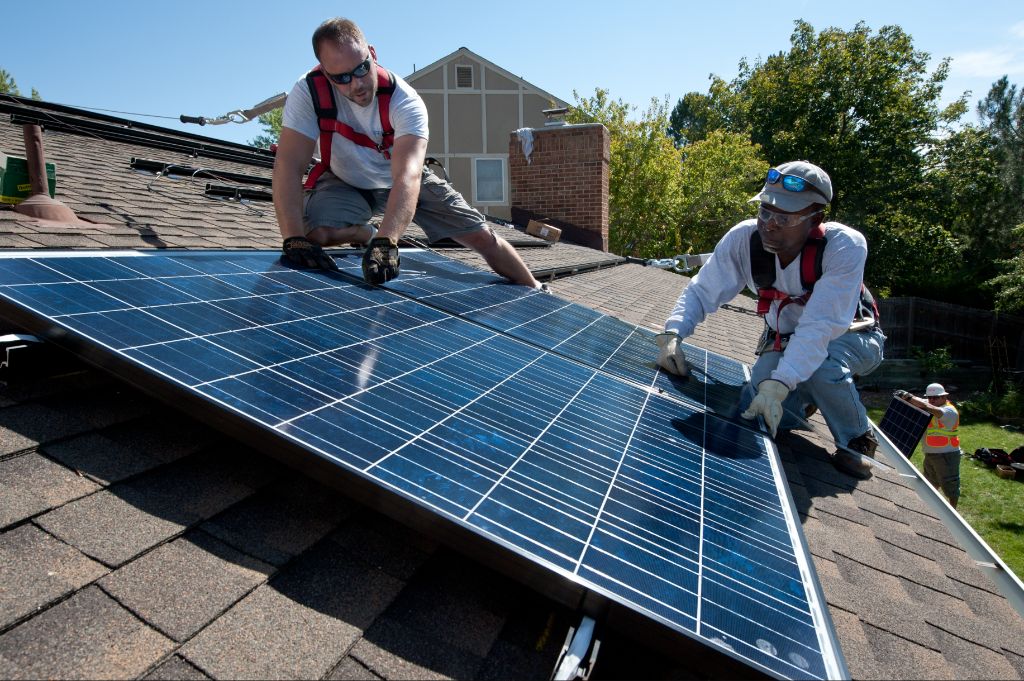
Installing rooftop solar panels can provide numerous health and wellbeing benefits. According to a report by Energysage, rooftop solar saves homeowners money on their energy bills by generating clean electricity from the sun [1]. Reduced electricity bills from rooftop solar can help relieve financial stress and improve mental health. One study found over 50% energy bill savings after installing rooftop solar, resulting in less anxiety and depression about costs [2].
Rooftop solar also creates clean energy and improves outdoor air quality. This provides health benefits like reduced asthma and respiratory illness. With rooftop solar there are no emissions, smoke, or smog generated onsite. This helps create cleaner indoor air quality as well for buildings utilizing solar power [2].
Conclusion
When examining the potential health impacts of solar energy, most risks appear minor and can be mitigated through proper installation and siting. The main health concerns of solar panels include EMF exposure, thermal pollution, glare, and manufacturing toxins. However, multiple studies confirm EMF levels near solar sites stay within safe ranges. Thermal pollution only occurs on large utility-scale solar farms. Glare can be avoided by angling panels toward the sun. And manufacturing pollution is an issue common to most industries today. With proper regulations and oversight, these problems present manageable health risks.
At the same time, the health benefits of clean energy are enormous. By reducing air pollution and related respiratory diseases, solar energy prevents an estimated hundreds of thousands of premature deaths globally each year. Transitioning from fossil fuels to renewable sources provides net gains for public health via cleaner air, reduced toxins, and more physical activity from green jobs. Rooftop solar also makes the electric grid more resilient to power outages that disrupt medical services. And distributed generation means cleaner air in neighborhoods and improved health equity.
In conclusion, the minor health risks from solar energy are heavily outweighed by the substantial benefits. As solar power grows, it promises a healthier future via reduced pollution, increased access to electricity, climate change mitigation, and a more robust energy system.

